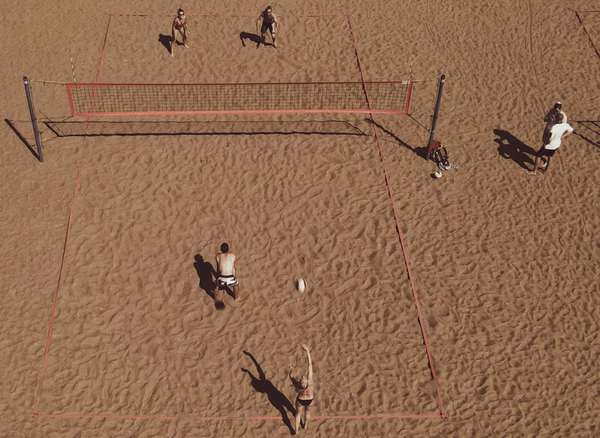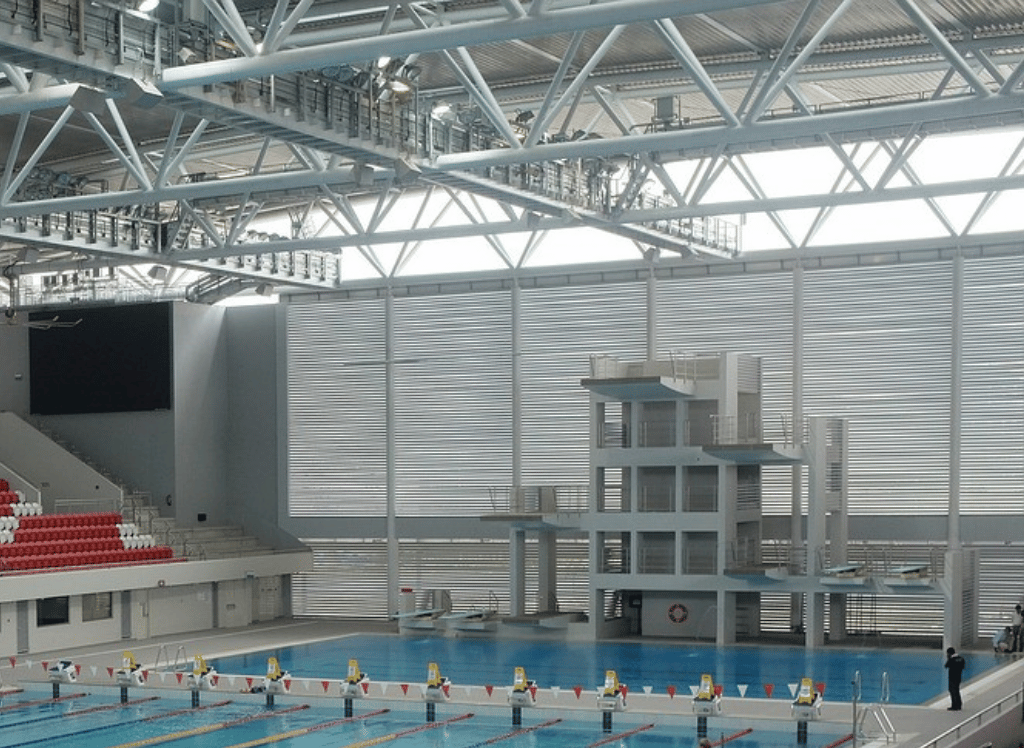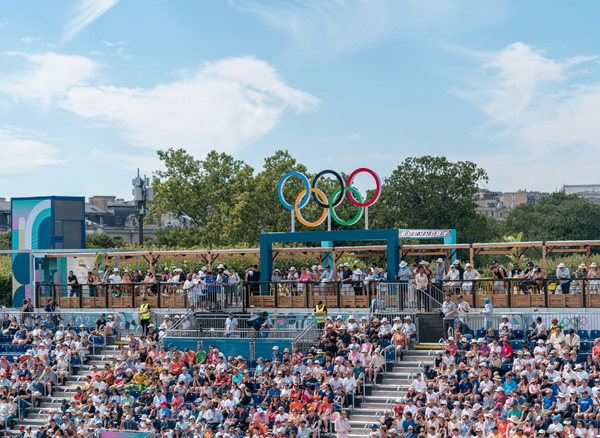Canoe slalom is like the rollercoaster of water sports. Imagine paddling down a raging river, dodging obstacles, and maneuvering through gates faster than a squirrel on espresso. This adrenaline-pumping sport combines speed, precision, and a touch of madness, making it a favorite among thrill-seekers.
The sport involves athletes navigating a whitewater course, which is peppered with upstream and downstream gates.
What color are the gates going downstream in canoe slalom?
The gates going downstream in canoe slalom are typically green and white. This color combination provides high contrast against the natural colors of the water, making it easier for athletes to spot and navigate through them at high speeds.
What do the gate numbers mean?
The slalom gates have numbers on them to indicate which should be passed in order. These markers help ensure that competitors correctly navigate the course and do not miss any gates, which may result in time penalties. So, having a keen eye for these numbers is essential for success in canoe slalom.
Apart from testing physical abilities, canoe slalom also requires mental focus and quick decision-making. Athletes must constantly adapt to changing water conditions and make split-second choices on how to navigate each gate. This combination of physical and mental challenges makes canoe slalom a demanding yet thrilling sport for both participants and spectators.
These gates are like the hurdles in a track race, but with the added challenge of water flow and gravity. Competitors complete the course in the fastest time possible, with penalties for touching or missing gates. It's a timed event that requires both skill and strategy.
The Origins of Canoe Slalom
Canoe slalom originated in Switzerland in the 1930s, inspired by slalom skiing. The idea was to create a summer alternative to skiing, allowing athletes to enjoy the thrill of navigating obstacles on water. The first world championships were held in 1949, and the sport quickly gained popularity across Europe.
By the time canoe slalom made its Olympic debut in 1972, it had already established itself as a core sport in international competitions. The Olympic program initially included only men's events, but women's events were added in 1992, making it a more inclusive sport.
Canoes vs. Kayaks: What's the Difference?
In canoe slalom, athletes can compete in either canoes or kayaks.
Both types of boats have their own unique challenges and techniques.
Canoes require a lot of balance and strength, as paddlers must kneel and use a single blade to navigate the course. Kayaks offer more stability but require precise control with the double-bladed paddle. Whether you're in a canoe or a kayak, the goal is the same: to complete the course as quickly and cleanly as possible.
The Whitewater Course
The whitewater course is the heart of canoe slalom. It's a man-made or natural river with a series of gates that athletes must navigate. The course is designed to test the paddlers' skills, with various water features like waves, eddies, and drops. Each course is unique, offering different challenges and requiring different strategies.
The gates are color-coded: green for downstream and red for upstream. Athletes must pass through the gates in the correct direction, and missing a gate or going through it in the wrong direction results in time penalties. The course is usually around 250 meters long.
The Olympic Journey
Canoe slalom made its Olympic debut at the 1972 Munich Games. It was a hit, but then it disappeared from the Olympic program until 1992, when it returned as a regular event. Since then, it has been a staple of the Summer Olympics, with athletes from around the world competing for gold medals.
The Olympic Games feature four individual events: men's and women's canoe single (C1) and men's and women's kayak single (K1). Each event is contested over a series of qualification rounds, with the top athletes advancing to the finals. The competition is fierce, with paddlers pushing their limits to achieve the fastest times.
The Equipment: Boats and Paddles
Canoe slalom boats are lightweight and designed for agility. They are made from materials like fiberglass or carbon fiber, with a minimum weight requirement to ensure fairness. The boats are also equipped with footrests and thigh braces to help paddlers maintain control and stability.
The paddles are equally important. Canoe paddlers use a single-bladed paddle, while kayak paddlers use a double-bladed paddle. The paddles are designed to be strong and lightweight, allowing for quick and precise movements. The right equipment can make a significant difference in an athlete's performance.
Training and Techniques
Training for canoe slalom is no walk in the park. Athletes spend countless hours on the water, honing their skills and perfecting their techniques. They practice navigating through gates, mastering water features, and improving their speed and agility. It's a grueling process, but the results are worth it.
One of the key techniques in canoe slalom is the "boof stroke," used to navigate drops and waves. Another important skill is the "draw stroke," which helps paddlers change direction quickly. Athletes also work on their endurance and strength, as the sport requires a combination of power and finesse.
The Future of Canoe Slalom
Canoe slalom continues to evolve, with new events and formats being introduced. One of the latest additions is kayak cross, a head-to-head race where multiple paddlers compete simultaneously. This format adds a new level of excitement and unpredictability to the sport.
The future of canoe slalom is bright, with more countries investing in the sport and new talent emerging. As the sport grows, it will continue to captivate audiences and inspire the next generation of paddlers. Whether you're a newcomer or on the sidelines, canoe slalom offers a thrilling experience.
Canoe Slalom FAQs
What is the difference between canoe and kayak in slalom?
In canoe slalom, athletes can compete in either canoes or kayaks. Canoes are open boats where paddlers kneel and use a single-bladed paddle, while kayaks are closed boats where paddlers sit and use a double-bladed paddle.
How are penalties assessed in canoe slalom?
Penalties are assessed for touching or missing gates. Touching a gate results in a two-second penalty, while missing a gate or going through it in the wrong direction results in a 50-second penalty.
Who is a famous canoe slalom athlete?
Jessica Fox from Australia is one of the most famous canoe slalom athletes. She has won multiple world championships and Olympic medals, making her a role model for aspiring paddlers.
Summary
Canoe slalom is a dynamic and exhilarating sport that combines speed, skill, and strategy. From its origins in Switzerland to its status as a regular Olympic event, the sport has captivated audiences and produced legendary athletes. Whether you're navigating a whitewater course or cheering from the sidelines, canoe slalom offers a unique and unforgettable experience.








